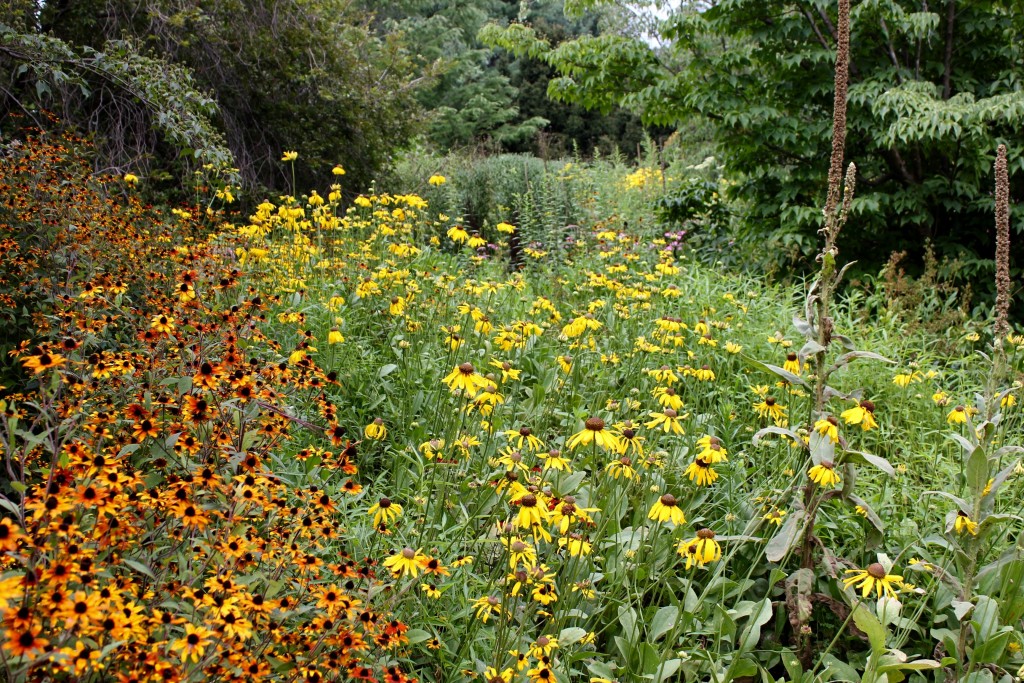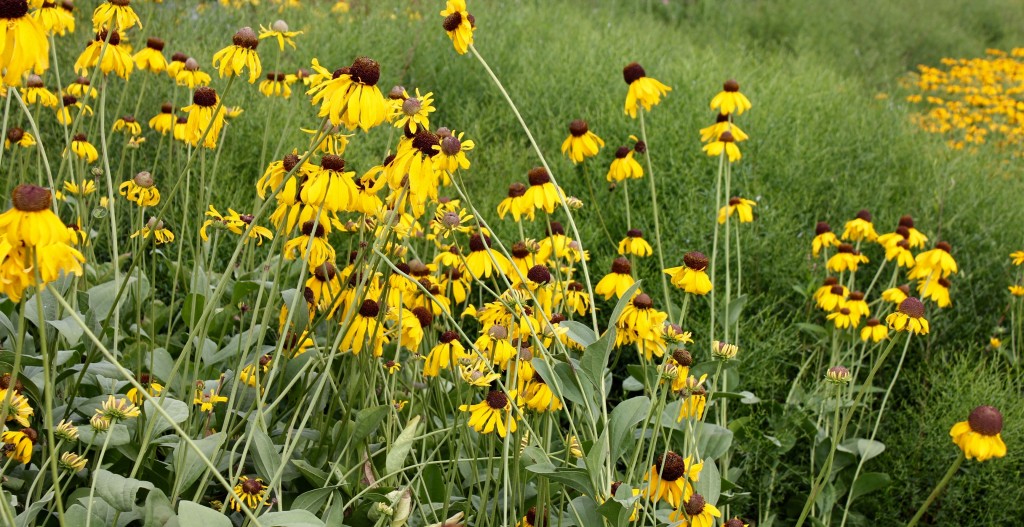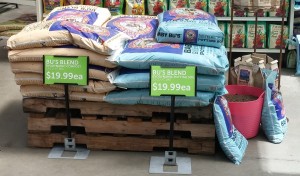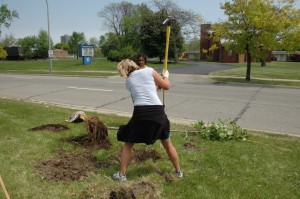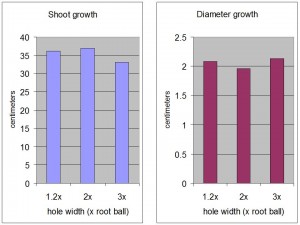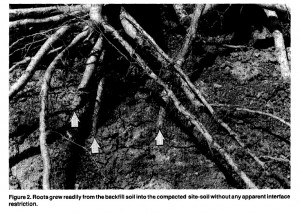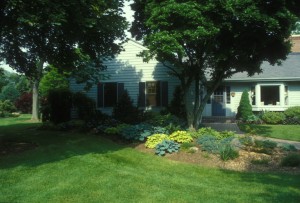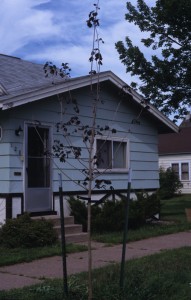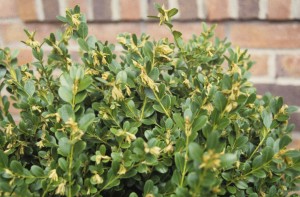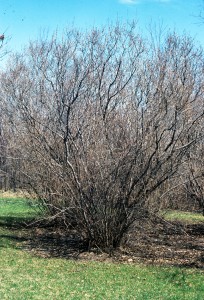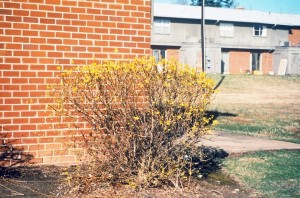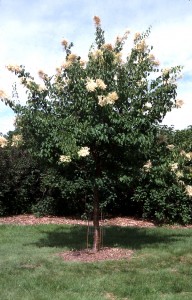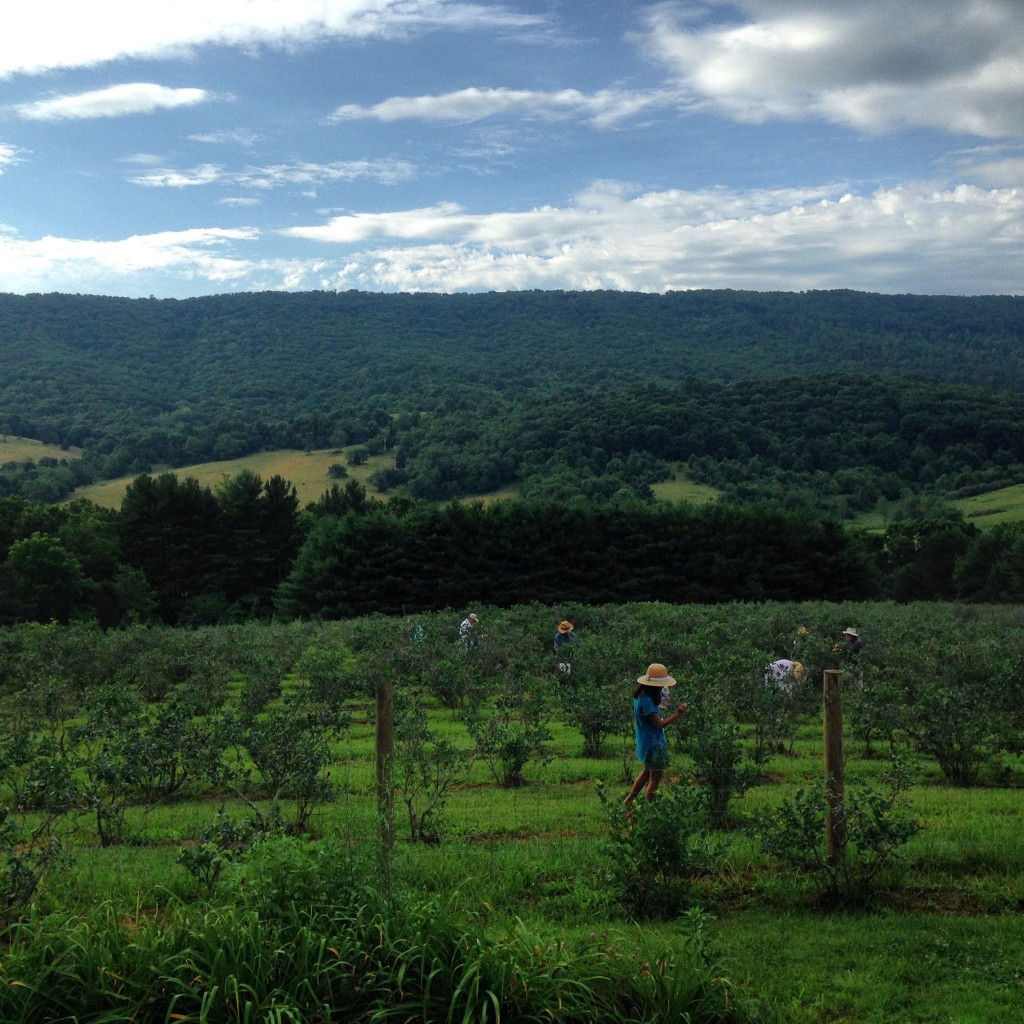As promised last week, here is Part 2 of “Why doesn’t my plant flower?”. If any of you know of more reasons that are not listed here or in the previous week’s blog, please let me know. Happy gardening!
There may be several reasons why a landscape plant does not flower (see last week for more reasons):

1) Over fertilization may inhibit flowering.
- Do not fertilize newly planted trees and shrubs the first 2-3 years after planting
- Plants need to put their energy into establishing a healthy root system to support future shoot growth
- Once the plant is established (2-3 years), fertilizers may be added if a soil test suggests fertilization is needed
- Over fertilization with quick-release, high nitrogen (N) fertilizers can lead to excessive leaf growth at the expense of flower bud development
- Avoid using lawn fertilizers around the base of your plants, as they are often high in nitrogen
- More is not better; follow all fertilizer label directions and do not add more than is required
- Your landscape plants might not even need fertilization, especially if compost is added or the soil conditions are favorable for plant growth
2) Poorly-drained, heavy clay soils can result in leggy, unhealthy looking plants that may not flower or will die.
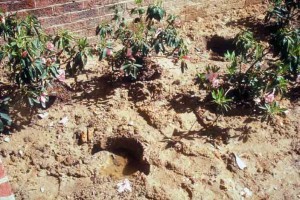
- Poor drainage will stunt growth, limit flowering, and may make plants more susceptible to root and crown rot
- Before planting, assess soil for drainage
- Dig a hole in the soil about 12 in. (30.5 cm) deep and 8-10 in. (20.3-25.4 cm) wide
- Fill the hole with water to the top and let it drain for one hour
- After an hour, measure the water depth with a ruler and record the new water level from the original level
- If the water level drops less than 1 in. (2.5 cm) from the original water filled level, soil drainage is slow
- The following day, if water is still in the hole, your soil needs much improvement
- Desired range for water drainage is 2 to 6 in. (5.1-15.2 cm) per hour
- Drainage can be improved by adding organic matter such as compost, composted leaf mulch, or other organic material; works well prior to planting
- If possible, plant in raised planting beds amended with compost, topsoil and other organic amendments to improve drainage and root establishment
3) Under watering can cause a lack of flower buds or poor flower development.
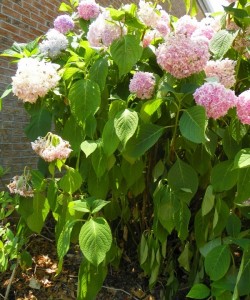
- Water immediately after planting for all landscape plants with a hose
- Water trees, shrubs and perennials several times a week for the first month or two, depending on weather
- Watering may be needed daily especially if windy, dry and hot
- Check actual root ball/soil directly where the plants’ roots are located; insert your finger or soil probe as far as it can go
- If you feel moisture, the plant may not need additional watering
- Plants previously grown in soilless media in containers and bareroot plants require more frequent watering
- Do not rely solely on rainfall as the amount may be inadequate to penetrate the root ball
- If you see wilting of foliage, the plant is too dry
- Plant establishment will take several years or more for trees, slightly less for shrubs and one to two years for herbaceous perennials
- After establishment, 1 in. (2.5 cm) of water a week is recommended; check rainfall with rain gauge in yard
- Avoid overhead irrigation as this keeps the foliage too wet and may increase foliar diseases
- Water at the base of the plant using soaker hoses, drip irrigation or a hose set at a very slow flow rate to allow for percolation into the soil and avoid water runoff
4) Road salt injury can damage or destroy flower and vegetative buds

- Fast-moving traffic and high winds from wet, salted roads accumulate on dormant plants in winter
- Sodium chloride (NaCl) is most common deicing salt used and causes the most damage
- Most damage occurs within 60-100 ft. from road
- Desiccates and may kill buds, twigs; can burn foliage of evergreens; reduces water uptake by roots
- Also accumulates on soil surface from melted, salted water from roads
- Plant salt tolerant plants near roads, use physical burlap barriers to protect plants, leach soil in spring
- Use of anti-transpirants and dormant oil sprays are ineffective in prevention of salt spray injury
5) Insects or diseases may be present which can reduce or eliminate flowering
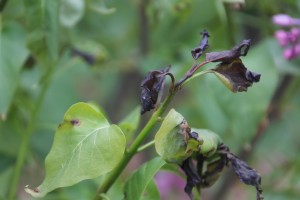
![Oystershell scale on 'Redwine' lilac [Syringa (Villosae Group) 'Redwine']](https://gardenprofessors.com/wp-content/uploads/2015/07/Scale-on-Syringa-Villosae-Group-Redwine3-copy-200x300.jpg)
- Plant is stressed and may not flower; more energy within a plant used for defense
- Various bacterial pathogens can kill emerging buds and flower clusters, i.e. bacterial blight
- Fungal pathogens can also do the same or reduce the size or quality of the flowers, i.e. powdery mildew, Botrytis
- Certain insects, such as borers and scale, weaken a plant so it no longer flowers or flowering is reduced
- Treatment for these pests needed or the plant may die
- Improve plant health by watering and judicial pruning of infected/infested branches
- Do not fertilize at this time as the plant is trying to recover from pests
6) Black walnut (Juglans nigra) and butternut (J. cinerea) trees can kill sensitive plants nearby.

- Both of these trees and to a lesser extent hickories (Carya spp.) excrete juglone, a phytotoxic chemical produced in the leaves, twigs, bark, nut hulls, and particularly in the roots
- Not all plants are sensitive to juglone, but those that are sensitive die either quickly (tomatoes, peppers) or over several years
- Ornamentals sensitive to juglone include lilacs, crabapples, rhododendrons and azaleas, hydrangeas, etc.
- Black walnut tree roots extend far beyond the drip line of a tree
- Even if the tree is removed, roots remain in soil and continue to excrete juglone for several years
7) Deer or rabbits may be browsing on the flower buds.

- During winter, deer and rabbits like to feed on the twigs, bark, and flower buds of many plants
- Once the flower buds are destroyed, have to wait another year for flower bud set unless the plant flowers later in summer
- Plants resistant to deer and rabbits are available, but if hungry enough, they will eat most any plant
- Rabbits and voles chew on bark of shrubs and trees causing girdling of twigs or major stems/trunk
- Girdled stems may die or barely flower or leaf out
- Damaged branches should be pruned back to live wood
Laura Jull, Ph.D. aka The Lorax



